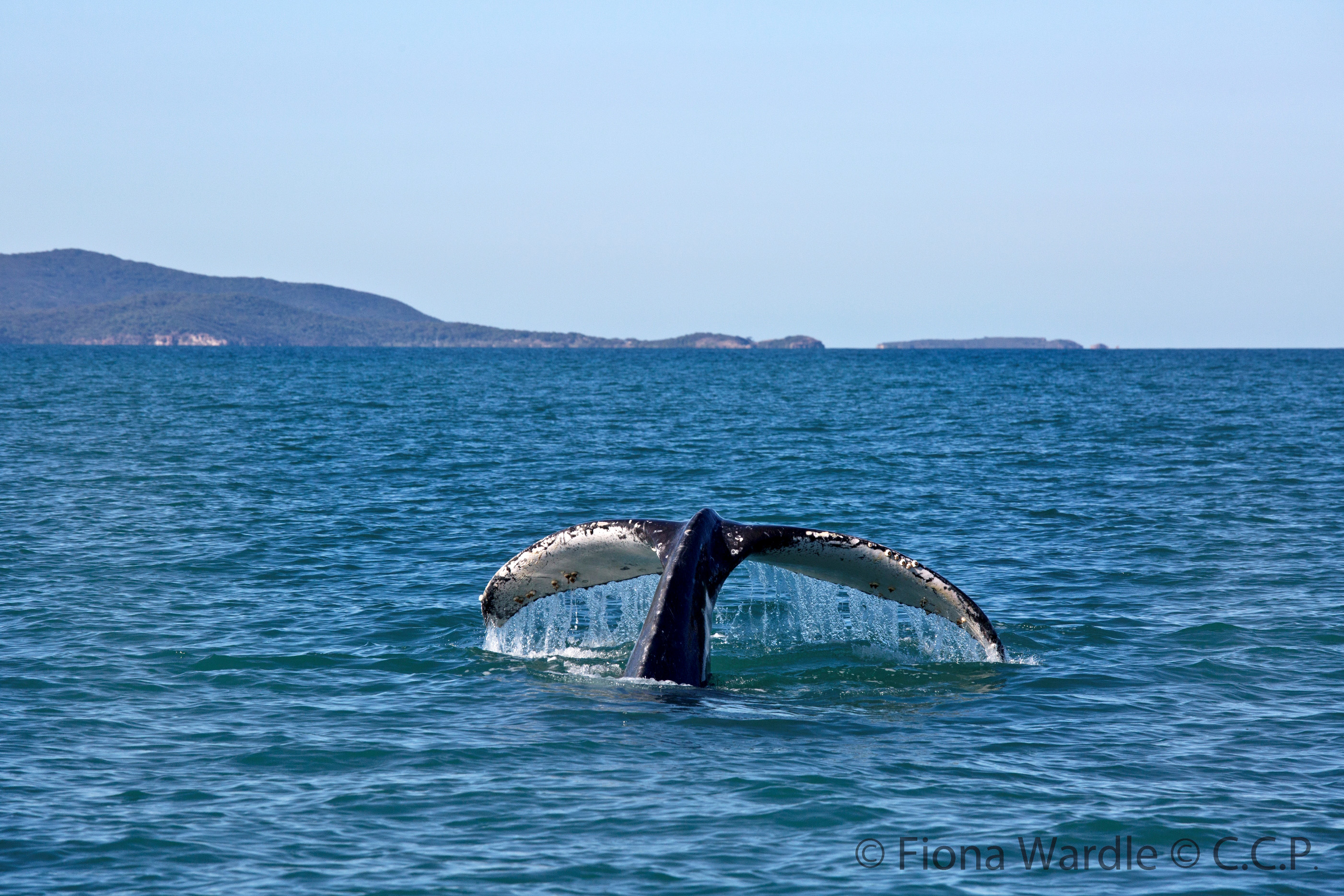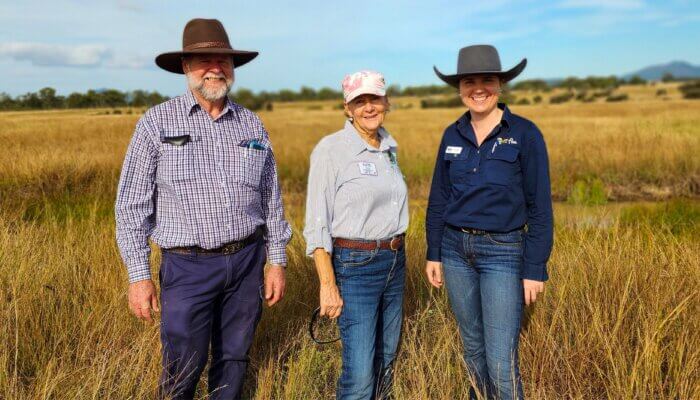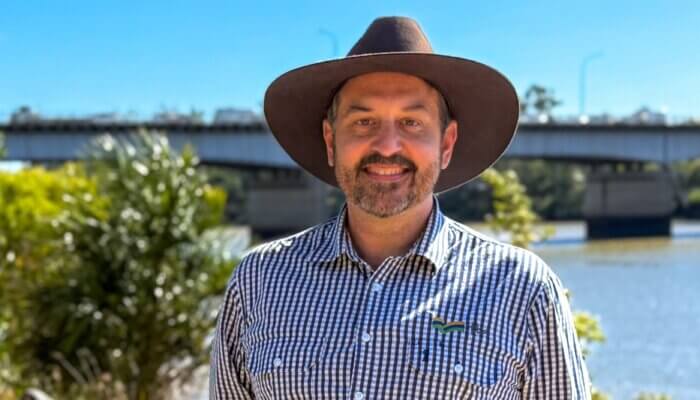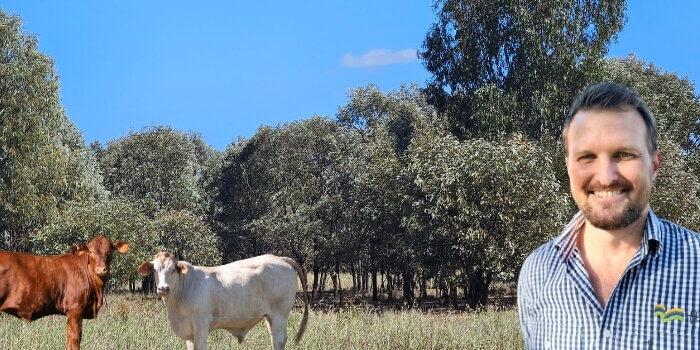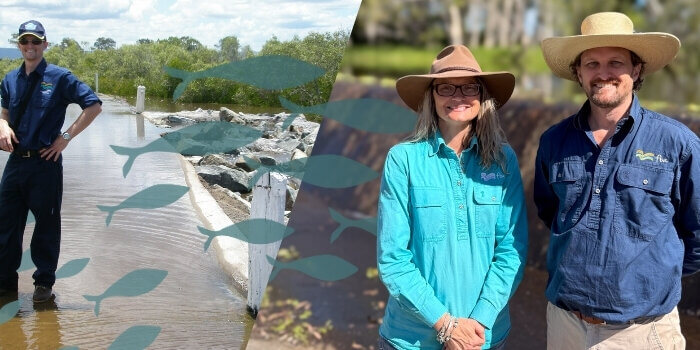
Humpback whales make their first appearance in Keppel Bay
Posted on July 7th, 2014
Humpback whales are arriving in Keppel Bay, near Yeppoon on the Central Queensland coastline, in numbers not seen in several decades, prompting scientists to call for skippers to take care as the cetaceans move through areas of intense boating activities.
A new season of research, part of the longest ongoing study of the Australian snubfin dolphin and Indo-Pacific humpback dolphin, is under way in Central Queensland. The Capricorn Cetaceans Project (CCP) is looking at the long-term conservation and management of whales and dolphins in Keppel Bay, knowledge that will also inform the conservation and management of cetaceans around the world.
The project is led by Dr Daniele Cagnazzi, a postdoctoral research fellow with Southern Cross University’s Marine Ecology Research Centre, who has been working in the region for nine years. CCP is supported by Fitzroy Basin Association Inc. through funding from the Australian Government and the University.
In the past two days (July 5 and 6) the CCP team spotted two groups of humpback whales travelling northward just few hundred meters south-east of Bluff Rock near the Rosslyn Marina.
“Australia’s humpback whale populations are increasing rapidly and are recovering as a result of the ban on commercial whaling. The east coast population currently migrating along our coastline is likely to exceed 20,000 whales this year,” Professor Peter Harrison, director of SCU’s Marine Ecology Research Centre.
As a result, between July and October more whales than ever before are likely to cross the shallow protected waters of Keppel Bay in their northern migration from their summer feeding grounds in Antarctica toward their breeding grounds in the Great Barrier Reef, and again on their return journey.
“In the next few months, Keppel Bay will be visited by a large number of whales and therefore, more than ever before it is very important to be careful while on the water and to always watch out for whales and any other marine wildlife in particular when travelling at high speed,” Dr Cagnazzi said.
“Enjoy responsibly this beautiful show provided for free by Mother Nature.”
Whale and dolphin watching regulations are available at the GBRMPA website (http://www.gbrmpa.gov.au/about-us/legislation-regulations-and-policies/whale-and-dolphin-watching-regulations)
You can help the CCP by reporting any sightings of whales and dolphins to the following website http://www.capricorncetaceansproject.com/report-a-sighting.html.
More information on the project can be viewed on the project webpage http://www.capricorncetaceansproject.com/index.html and project Facebook page (search for Capricorn Cetaceans Project on Facebook).





